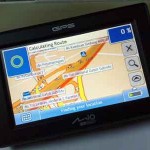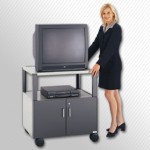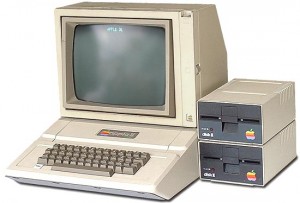How might I design a technology learning space?
When pondering this question on my drive home tonight, I was simultaneously thinking about questions posed to me by twelve teachers that I had brought together as a numeracy learning group. During the first of six sessions, several teachers asked, “How do I use manipulatives to help my students learn?” Others wanted to know, “What do I do with the students who still don’t get IT ?” These questions helped me to realize that the most important element of design in any learning space is the teacher.
Allow me to consider the math classroom. Teachers need tools yes but more importantly teachers need deep conceptual knowledge and understanding of how children learn mathematics. Without understanding of concept and without knowledge of the mathematical key understandings and the mathematical phases that students progress through, all the tools in the world, (digital or otherwise), make for little benefit.
Math manipulatives are tools that can be invaluable for students as they work to make sense of and construct meaning in math. Our learning environment needs to have these tools available at all times. A variety of math manipulatives must be available for the teacher who will frequently make spontaneous decisions as to which tool is needed to further learning. The tools need to be available for teacher demonstration and for student use. One student may choose to use multilinks to construct understanding of multiplication while another student may make use of a personal number line.
The same is true for technology tools. In our learning space we need to have the tools that will enable the teacher to be a continued learner. The learning space must have technology that enables the teacher to connect to colleagues and information when needed. A teacher needs to have a variety of tools available so that he or she can access content at a moments notice as class interest and need dictates. Students need to have a variety of tools available so that they can best choose the technology that will enable them to demonstrate their understanding.
All the classrooms in our school district have computers, LCD projectors, wireless internet access, and document cameras. Many of our classrooms have Smart Boards. Our classrooms are richly equipped 21st Century classrooms but without teacher knowledge of purposeful pedagogy, differentiation, assessment for learning . . . the value of those tools as mindtools for learning (Jonassen, 2000) is limited.
– Hattie, J. (2003). Teachers make a difference what is the research evidence. Informally published manuscript, University of Auckland, Auckland Australia, Australia. Retrieved fromhttp://www.acer.edu.au/documents/RC2003_Hattie_TeachersMakeADifference.pdf
Jonassen, D. H. (2000). Computers as mindtools for schools, 2nd Ed. Upper Saddle River, NJ: Merrill/ Prentice Hall. Retrieved from Google Scholar:http://scholar.google.com/scholar?q=Jonassen+mindtools&ie=UTF-8&oe=UTF-8&hl=en&btnG=Search





